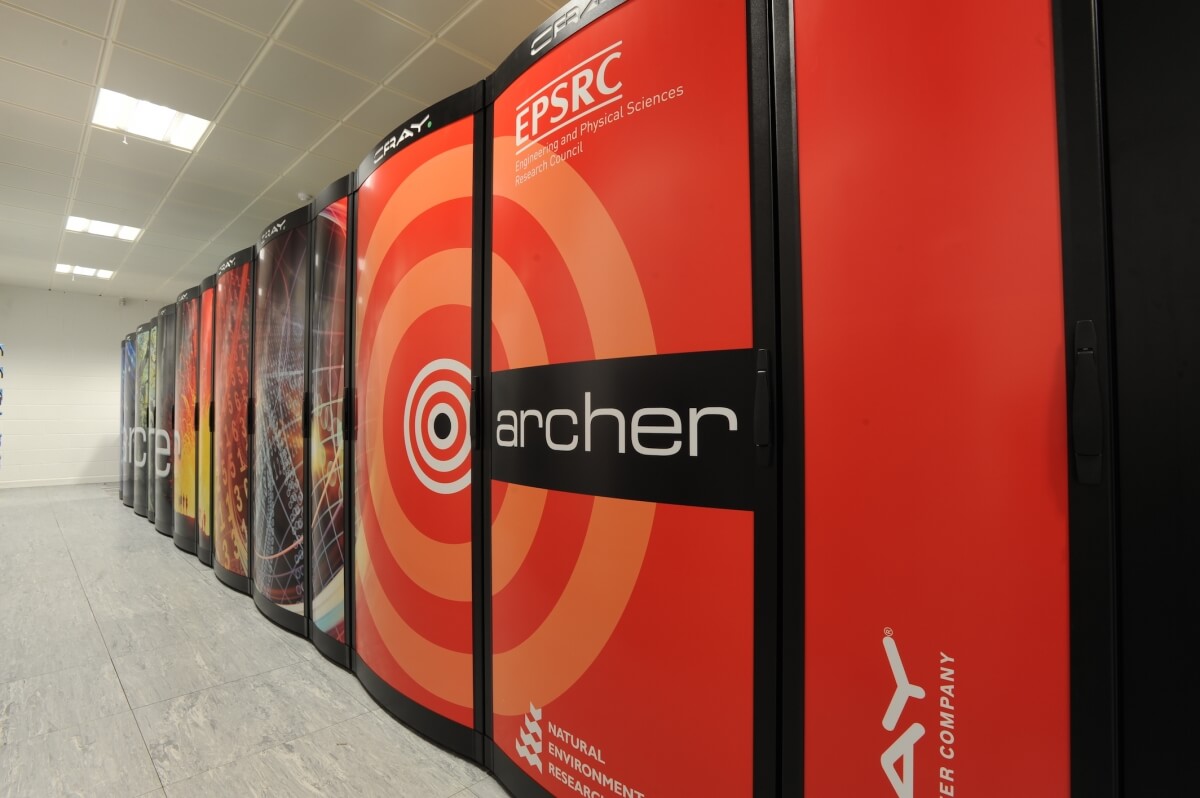What just happened? United Kingdom Research and Innovation (UKRI), an organization that works with universities, businesses, charities and government to promote research and innovation, has chosen supercomputer manufacturer Cray to supply the hardware for the next national supercomputer.

The system, dubbed Archer 2, will be hosted at the University of Edinburgh in Scotland and is expected to boast over 11x the “science throughput” of the original Archer supercomputer, or around 28 PFLOP/s of peak performance.
UKRI aims to accomplish this using 5,848 compute nodes, each with dual AMD Rome 64 CPUs clocked at 2.2GHz. That works out to a total of 748,544 cores and 1.57 PBytes of total system memory. Additional technical specifications are as follows:
- 23x Shasta Mountain direct liquid cooled cabinets
- 14.5 PBytes of Lustre work storage in 4 file systems
- 1.1 PByte all-flash Lustre BurstBuffer file system
- 1+1 PByte home file system in Disaster Recovery configuration using NetApp FAS8200
- Cray next-generation Slingshot 100Gbps network in a diameter-three dragonfly topology, consisting of 46 compute groups, 1 I/O group and 1 Service group
- Shasta River racks for management and post processing
- Test and Development System (TDS) platform, to be installed in advance
- Collaboration platform with 4 x compute nodes attached to 16 x Next Generation AMD GPUs
The £79m supercomputer was announced earlier this year although hardware specifications are just now being shared.
Archer 2 will be installed in the same room as the current supercomputer, meaning there will be a period of downtime in which no system is available. Admins plan to take Archer offline on February 18, 2020, and boot up the new supercomputer on May 6, 2020.
A 30-day stress test will commence at that point and should everything go smoothly, the system will be available to the science community in early June.
https://www.techspot.com/news/82368-amd-epyc-processors-power-uk-next-national-supercomputer.html